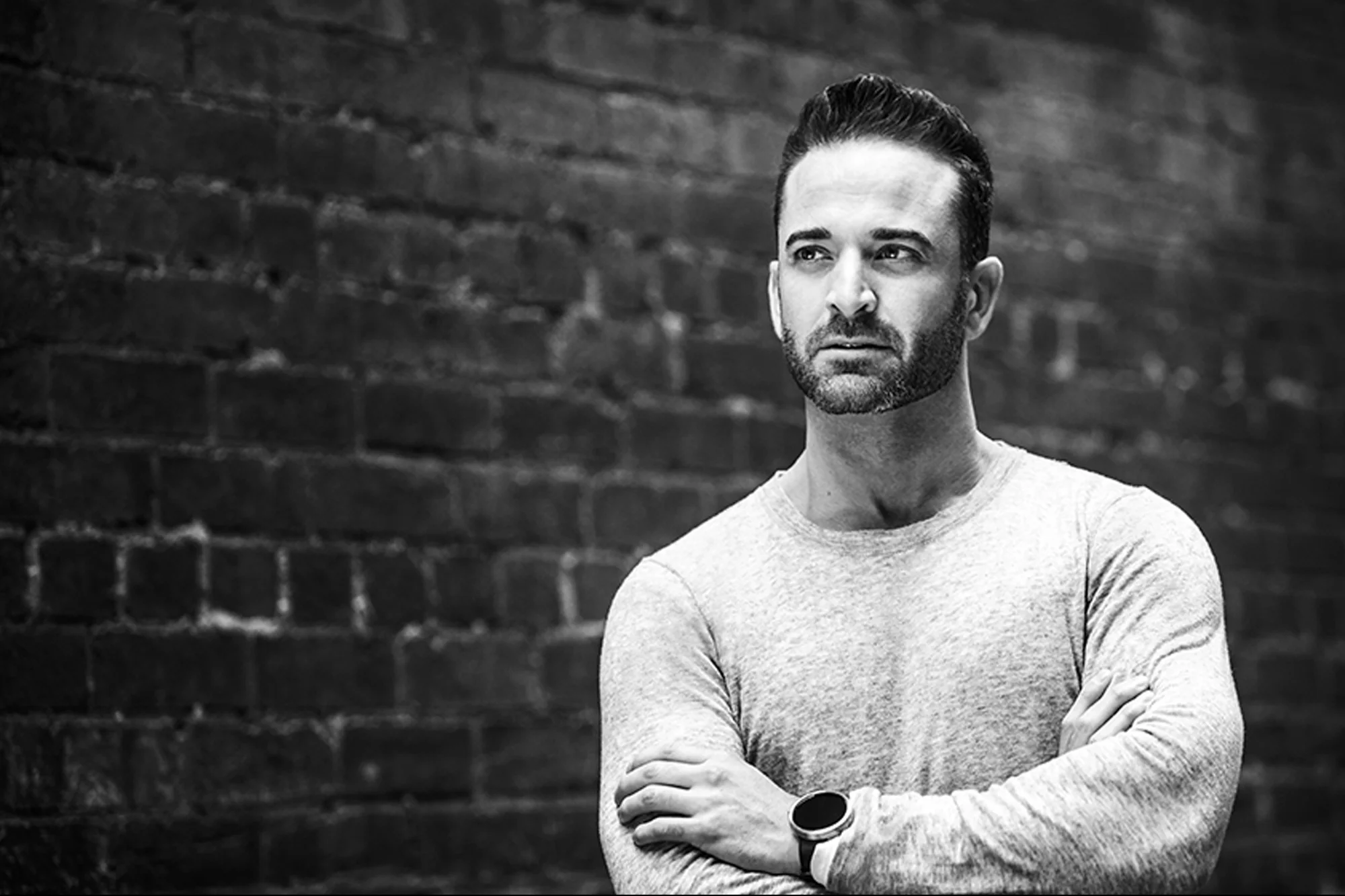5 Things I Learned About Productivity From My Employees
Opinions expressed by Entrepreneur contributors are their own.
Every company is keen to maximize employee productivity, as it directly translates to better business results. As such, productivity is often viewed as something leadership has to manage.
Typically, this manifests in various top-down initiatives and rules — executives get inspired by the latest productivity trend or research and are quick to jump on the bandwagon, implementing it across their organization.
Anyone who has gone through this process (including myself) will tell you that it rarely works. Why? Because productivity techniques and methods are almost never a one-size-fits-all solution. Productivity is a highly individual and context-dependent aspect of work that varies from person to person and role to role.
So, rather than enforce some blanket idea of what productivity must look like, I believe entrepreneurs should take the time to observe and understand the working patterns of their teams and respond accordingly by engaging with the individuals and catering to their strengths.
That’s what I did — and here are five things I learned about productivity from my employees.
Related: Why Greece’s Six-Day Workweek Might Backfire on Productivity
1. Different people thrive at different times of the day
I’m an early riser, and in my formative years, I was taught that it’s a key trait of a hard worker. It’s still a popular narrative that you’ll see plastered everywhere — from LinkedIn posts to inspirational posters.
But the fact is that people’s productivity peaks at different times of the day, and while I might be at my best at 9 am, others may get most done in the afternoon when I am running out of juice.
That’s why I encourage every entrepreneur who can to use flexible working hours, namely, allowing team members to choose when they start and end their workday. In our case, people can start anytime from 9 to 11 a.m., and it has had a positive impact not only on overall productivity but also on employee satisfaction.
Forcing people into unnatural working patterns just doesn’t make sense.
2. Peak creative hours? Lunchtime
At DeskTime, we offer free lunch in the office, so the canteen is one of the few places where the team regularly comes together. Work is rarely the main topic of discussion, but when it does come up, challenges get tackled in a far more creative and candid way than in any meeting room.
Of course, it’s not because of the food itself but rather the informal setting shared with the extended team. No hierarchy, no etiquette, and no pressure mean ideas that might get stifled in a meeting can come out unabridged — and they’re often exactly what’s needed to make headway with a current challenge.
In other words, there are many ways to maximize productivity, and as a team leader, you should ensure that productivity flourishes in all possible avenues.
Related: 5 Insights I Learned While Growing My Business from a Startup to a 500-person Company
3. Clear expectations lead to higher productivity
Productivity at work is the effective use of time to resolve a challenge. So, it’s no surprise that if employees have to spend a significant amount of time figuring out the tasks at hand, then productivity suffers. Simply put, if employees don’t understand their tasks, they can’t do them effectively.
Hence, one of the biggest team productivity boosters is strong leadership paired with clear communication. When everyone is aligned on goals and expectations and fully equipped to achieve them, the flow of work becomes much smoother.
No matter how much you focus on individual performance, you won’t be able to elevate it if the underlying system is broken.
4. Regular breaks boost productivity
I learned this from my team over a decade ago when I observed that the people who go for coffee every hour, play foosball, and generally take breaks perform just as well—if not better—than those who don’t.
Today, the science behind the value of taking breaks is well established. We even did a study at DeskTime that revealed that the most productive people work for 52 minutes and then take a 17-minute break, which led us to coin the viral 52/17 rule.
Despite this, I still regularly encounter business leaders hellbent on maximizing productivity by maximizing time spent at the computer. That’s just not how humans work.
Related: 5 Essential Things Leaders Can Learn From Their Employees
5. Be careful in choosing the tools you use
Virtually every piece of business software promises more efficient working methods that should lead to better productivity. It’s easy to get caught up in the hype, constantly reimagining workflows and fantasizing about how you’ll leverage technology to solve productivity and other challenges.
Don’t get me wrong — that’s exactly what a leader should do. But always remember that your goal is to minimize overhead and friction for your employees.
It takes time to learn tools and resources and integrate them into existing systems. Also, while the tool might take care of some processes for the employees, the employees now have to take care of the tool. Sometimes, it’s a tradeoff that only looks good on paper — if the employees hate using something, it might backfire no matter how much fat it trims off.
In other words, getting the team’s input on whether this productivity-boosting technology is actually boosting productivity is always worthwhile. And if not — abandon it.
5 Things I Learned About Productivity From My Employees Read More »









 Jake Paul is seen at Michael Rubin’s Annual Fourth of July party on July 4, 2024, in East Hamptons, NY. (Photo by Gotham/GC Images)
Jake Paul is seen at Michael Rubin’s Annual Fourth of July party on July 4, 2024, in East Hamptons, NY. (Photo by Gotham/GC Images)



 Twitter co-founder and CEO Evan Williams. (Photo by David Paul Morris/Getty Images)
Twitter co-founder and CEO Evan Williams. (Photo by David Paul Morris/Getty Images)